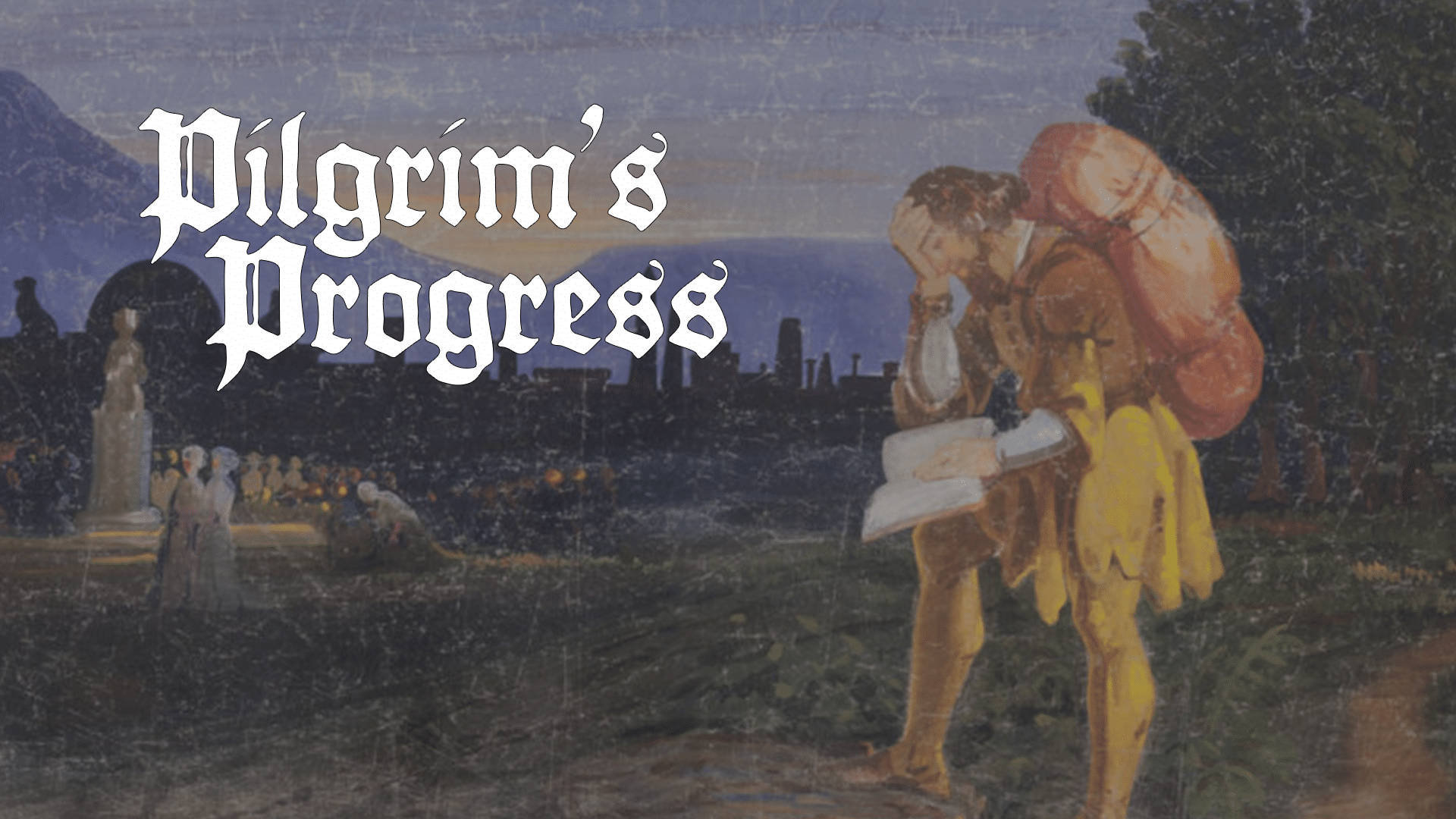Charles II returned from exile to assume the English throne in 1660. He faced both ecclesiastical and political opposition from the Puritan party that had executed his father. Neither side could distinguish the political aspects of the struggle from the religious aspects. The king was head of the established (Anglican) church, and he acted quickly to eject Puritans from recognized pulpits.
Soon labeled as nonconformists, ministers and other individuals began to form their own gatherings outside the Anglican structure. Nonconformist congregations had no legal standing as churches: they were seen as mere conventicles that rejected royal authority. The king’s party soon moved to break up these conventicles, threatening draconian punishments for those who either failed to attend Anglican services or who met in nonconformist gatherings.
Before the Restoration, the nonconformist congregation in Bedford had met in and shared the Anglican church’s building. Now, however, the congregation had to seek other places of meeting. For several years the congregation’s preacher had been John Bunyan, who also preached to other groups in the area. Within a year of Charles’s accession, Bunyan was arrested and jailed. When he was tried in January of 1661, he admitted to preaching in the nonconformist gatherings. His penalty was imprisonment in Bedford Gaol, and there he spent the next twelve years.
During his imprisonment Bunyan occupied his time partly by writing. He first published a spiritual autobiography, Grace Abounding to the Chief of Sinners, in 1666. By that date of publication, he had already begun another work, The Pilgrim’s Progress: From This World to That Which Is to Come. That work, however, was not published until 1678, after Bunyan had been released. He would later author other books: The Life and Death of Mr. Badman (1680), The Holy War (1682), and a second part to The Pilgrim’s Progress (1684).
Of these volumes, Pilgrim’s Progress in its two parts is by far the most read. More than 100,000 copies had been printed in England before Bunyan’s death and the book had been translated into several other languages. Since then, Pilgrim’s Progress has gone through hundreds and perhaps thousands of editions. Though its popularity has waned in recent decades, for centuries it was one of the most widely read devotional works in the English language. Indeed, it was one of the most widely read works of literature of any sort. In 1951 it was even adapted into an opera by Ralph Vaughan Williams.
In his religious views, John Bunyan was certainly a Puritan. The Puritans began as a party within the Church of England during the English Reformation. Influenced primarily by John Calvin’s Reformation in Geneva, they believed that the English church had retained too many Roman Catholic traditions and practices. As their name implies, the Puritans required further purifying of the Church of England. They intended to bring it into line with the Regulative Principle, which would require them to expunge all doctrines and church practices not explicitly authorized by the Bible.
One branch of Puritanism became convinced that the Church of England was beyond purifying and was now a false church. These Separatists believed that the time had come to leave the established church structures and to organize their own congregations. Separatist churches would be characterized by their use of voluntary covenants as an organizing principle. This was the branch of Puritanism with which John Bunyan was identified.
Bunyan’s writings reflect his theology, which was decidedly Calvinistic. Certainly his Calvinism is embedded deeply in Pilgrim’s Progress. This influence shows up in multiple ways.
For one thing, Pilgrim’s Progress is strongly evangelical. At its core is the message that justification comes only by the blood and righteousness of Christ. Bunyan clearly presents the doctrine of vicarious atonement in which human guilt is imputed to Christ, who suffers in the place of sinners. He also presents justification as resting upon the imputation of Christ’s righteousness to those who believe on Him. Bunyan is death on the notion that law-keeping, religious ritual, or good works could lead to eternal life. Salvation in Pilgrim’s Progress is by grace alone and through faith alone.
Along with his evangelical emphasis, Bunyan also holds a Reformed view of the Christian life and a strong doctrine of perseverance. He sees holiness of life as a worthwhile and necessary goal of the believer. He also clearly perceives that this goal will not be reached during the present, earthly life. Rather, believers must progress in sanctification, and their progress will take them through dangers, trials, temptations, setbacks, and opposition. Indeed, the notion of progress is so important to the story that it shows up in the title of the work.
Bunyan is also keenly aware of the possibility of false faith, that is, of a faith that does not rest fully upon the finished work of Christ. He understands the difference between faith and presumption, between trust and intellectual affirmation. Part of his work in Pilgrim’s Progress is to warn against the substitutes for genuine faith—substitutes that can take a presumptuous man or woman to hell. Because of this danger, Christians must remain constantly awake and watchful.
Yet Bunyan also has a doctrine of assurance. Pilgrims can enjoy assurance that they are right with God, and they can gain this assurance in a way that does not presume upon God’s grace. So equipped, they can enjoy periods of rest, walking in pleasant meadows beside the River of the Water of Life, and they can even come to dwell in Beulah Land—all before crossing the River of Death.
Theologically, then, Pilgrim’s Progress is a description of conversion followed by progress in the life of faith. In this respect, it hardly differs from countless other volumes of Puritan devotion. What sets the work apart is its literary value, and to a discussion of its literary features we shall turn next.
This essay was originally published in In the Nick of Time and was republished by permission..




